
Roots
Within each strand of textured hair, a story whispers, an ancient memory carried across generations. It is a chronicle of sun-drenched landscapes, of ancestral resilience, and of a deep connection to the very earth that birthed us. This living archive, the Soul of a Strand, holds secrets woven not just by styling hands but by the very biology that defines its unique strength.
We embark upon a thoughtful exploration of eumelanin, a silent guardian within this heritage, seeking to understand its elemental role in safeguarding the magnificent crowns that grace Black and mixed-race lineages. Its presence is more than mere color; it is a profound inheritance, a molecular echo from the source, shaping the very nature of how our hair stands against the world.

The Pigment’s Ancient Blueprint
Eumelanin, the dark pigment that gives textured hair its rich, deep hues, is not simply a cosmetic attribute. It is an evolutionary marvel, a biochemical legacy passed down through millennia. Its genesis is deeply tied to the human journey, particularly the migrations from equatorial regions where intense solar radiation necessitated a robust defense mechanism. The cells responsible for producing this pigment, melanocytes, work diligently within the hair follicle, depositing eumelanin into the growing hair shaft.
This process, honed over countless generations, speaks to a biological wisdom, a testament to the body’s innate capacity for self-preservation in challenging environments. The sheer prevalence of eumelanin in hair and skin across diasporic communities underscores its fundamental importance, not just for aesthetic identity but for fundamental biological protection.
The structure of eumelanin itself, a complex polymer, allows it to absorb and scatter ultraviolet (UV) radiation, acting as a natural sun shield. This protective function is paramount, especially for hair that has been historically exposed to varied climates and conditions. Our ancestors, perhaps unknowingly, relied upon this inherent defense, their practices of hair care often complementing what nature had already provided.
Eumelanin, a dark pigment, stands as an ancient biological shield, safeguarding textured hair through generations.
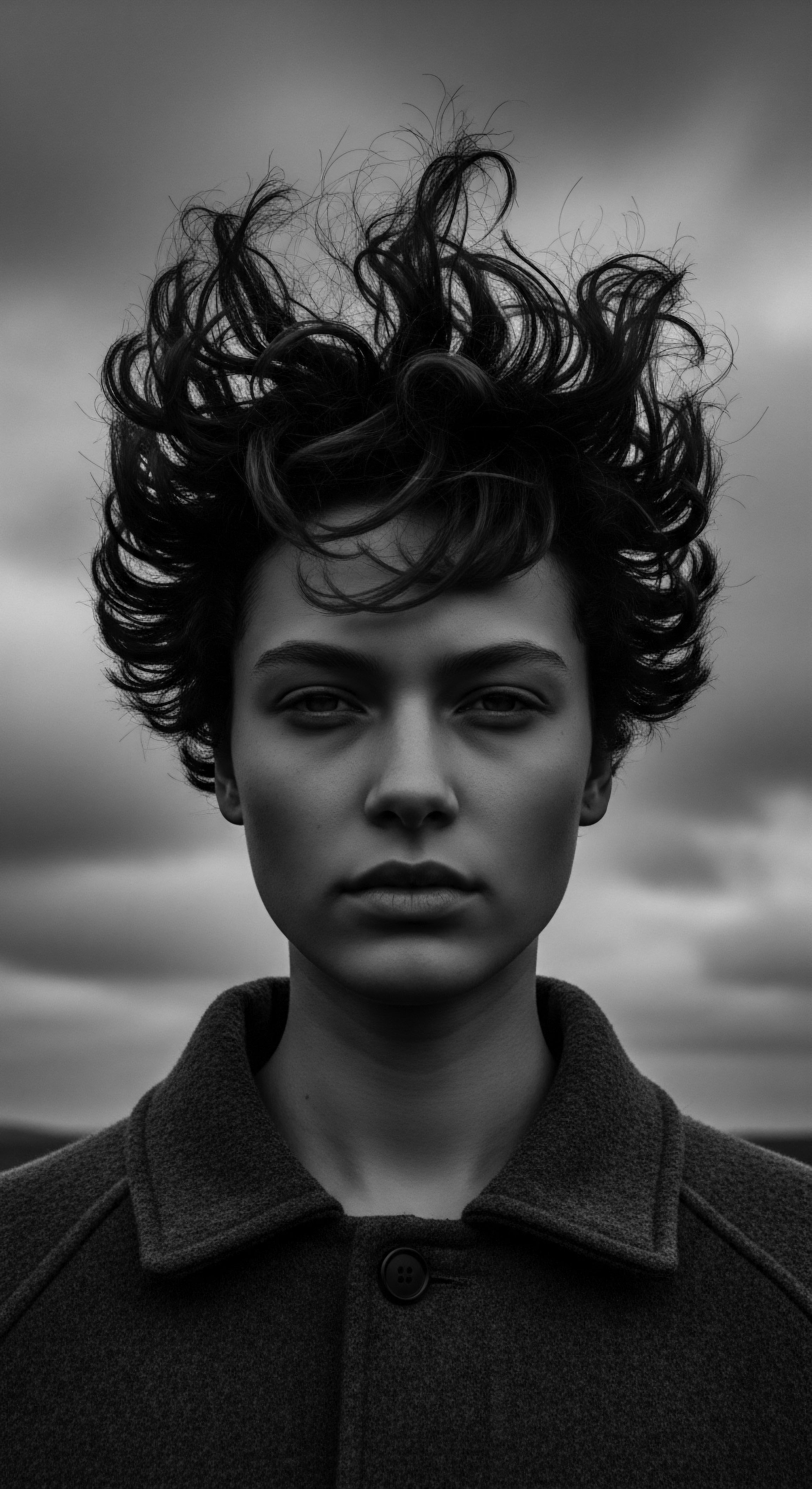
Anatomy of a Textured Strand’s Inherited Strength
To truly appreciate eumelanin’s role, one must consider the unique anatomical characteristics of textured hair. Unlike straight hair, which typically grows from round follicles, coily, kinky, and curly strands emerge from elliptical or oval-shaped follicles. This distinct follicular shape dictates the hair’s helical structure, leading to its characteristic bends and twists. Within this intricate architecture, eumelanin is distributed throughout the cortex, the central and thickest layer of the hair shaft.
The very act of coiling and bending creates points of potential vulnerability along the hair shaft. These curves can make textured hair more susceptible to mechanical stress, breakage, and dryness if not properly cared for. Yet, the presence of eumelanin within this complex structure contributes to its resilience. It is not merely a pigment; it plays a part in the overall integrity of the strand.
The way eumelanin molecules are arranged and cross-linked within the protein matrix of the hair can influence its mechanical properties. While research continues to unravel the full extent of this relationship, it is understood that melanin granules contribute to the density and tensile strength of the hair fiber. This intrinsic fortification is a silent ally, working from within to fortify the hair against the rigors of environmental exposure and daily manipulation.
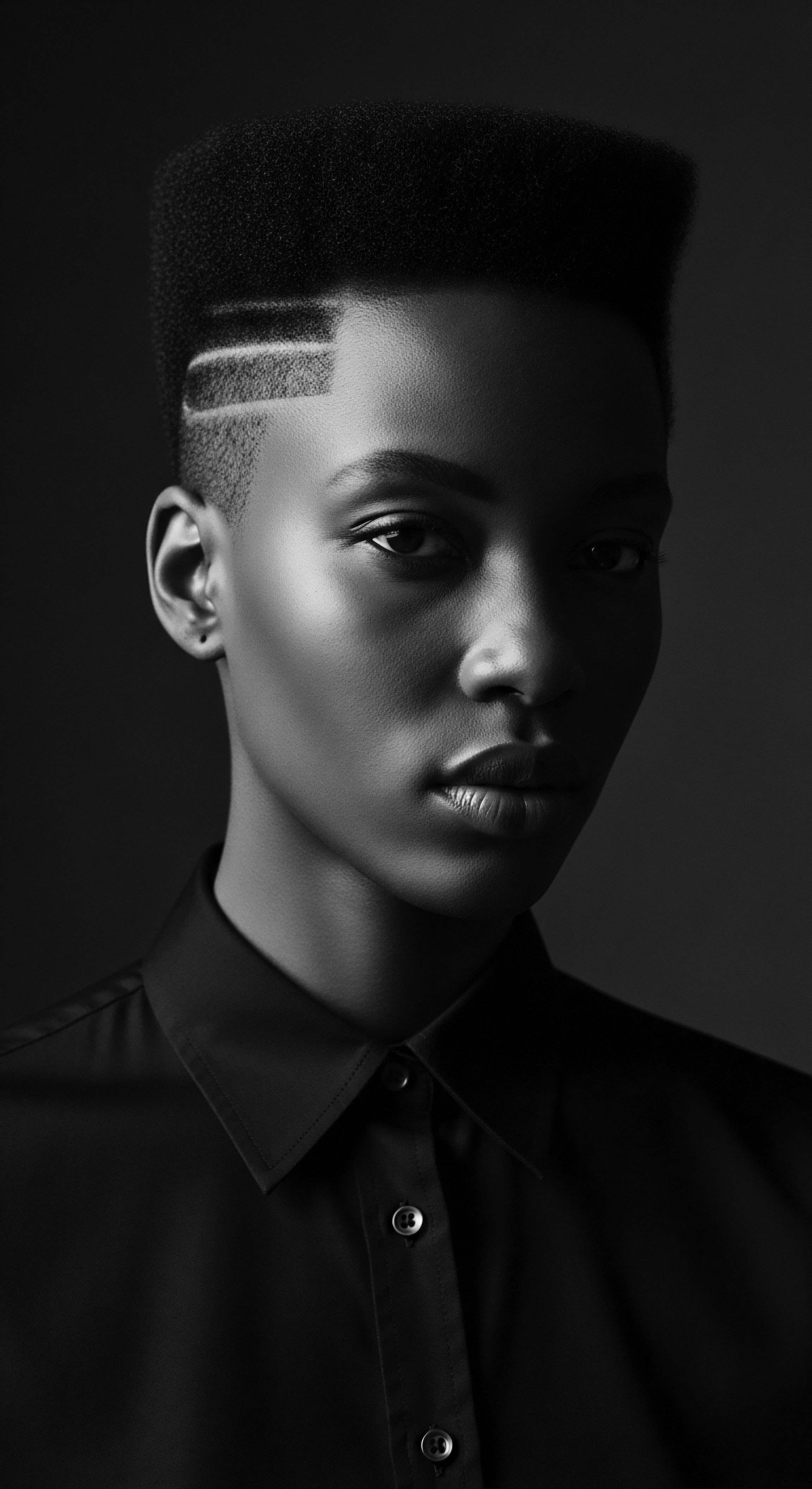
How Does Melanin Distribution Vary in Textured Hair?
The concentration and distribution of eumelanin can indeed vary within textured hair, even among individuals of the same broad hair type. This variation contributes to the spectrum of shades seen in dark hair, from deep ebony to lighter browns. Some studies suggest that the way melanin granules are packed and dispersed within the hair fiber might impact its physical characteristics. For instance, denser packing of eumelanin could contribute to greater resistance against certain forms of damage.
This biological diversity within textured hair mirrors the rich tapestry of human heritage. Each unique pattern of coils and curves, each shade of dark pigment, tells a story of genetic inheritance and adaptation. Understanding these nuances allows for a more personalized and respectful approach to hair care, one that honors the individual strand’s unique composition while recognizing the collective wisdom of ancestral practices.
- Trichology ❉ The scientific study of hair and scalp, often bridging modern understanding with observations gleaned from historical hair practices.
- Melanogenesis ❉ The biochemical process by which melanocytes produce melanin, a fundamental aspect of hair’s inherited coloration and protective capabilities.
- Follicular Morphology ❉ The distinct shapes of hair follicles (e.g. elliptical for textured hair) that dictate the curl pattern and influence how eumelanin is deposited.

Ritual
As we move from the foundational biology of eumelanin, a profound appreciation for the applied wisdom of our ancestors emerges. The seeking of understanding how eumelanin safeguards textured hair extends beyond the microscopic, reaching into the realm of daily practices, the very rituals that have shaped the experience of hair care for generations. It is here, in the tender touch of hands, the gentle application of traditional elixirs, and the artistry of protective adornment, that we find the ancient knowledge of how to work with, rather than against, the hair’s inherent design. This segment invites us into a space where ancestral wisdom and contemporary insight converge, revealing how time-honored methods have, often intuitively, amplified eumelanin’s protective gifts.

Sun’s Embrace and Eumelanin’s Shield
Across continents and through centuries, communities with textured hair have developed intricate hair care traditions. Many of these practices, born of necessity and passed down through oral histories, inadvertently complemented the natural defenses offered by eumelanin. Before the advent of modern sunscreens, protection from the sun’s harsh rays was paramount, not just for skin but for hair as well.
Traditional oils, often derived from indigenous plants, played a significant role. Shea butter, coconut oil, and various nut oils were applied to hair, not only to moisturize and condition but also to provide a physical barrier against environmental elements, including the sun. While these oils possess some inherent UV-filtering properties, their application would have worked synergistically with eumelanin’s robust absorption capabilities, offering a layered defense against photodamage. This ancestral wisdom of topical application, rooted in readily available natural resources, served as a practical ritual, extending the hair’s natural resilience.
Ancestral hair care rituals, utilizing natural oils and protective styles, intuitively bolstered eumelanin’s inherent defenses against environmental elements.

Are Ancestral Styling Practices Eumelanin’s Ally?
The legacy of protective styling is perhaps one of the most compelling examples of how ancestral practices worked in concert with the hair’s biological makeup. Styles such as intricate braids, twists, cornrows, and various forms of wrapping and coiling were not merely aesthetic choices. They were sophisticated methods of safeguarding the hair from environmental aggressors and mechanical stress.
By gathering strands into compact, structured forms, these styles minimized the surface area exposed to direct sunlight, wind, and friction. This reduction in exposure lessened the oxidative burden on the hair shaft, allowing eumelanin to perform its protective duties more effectively. Furthermore, these styles reduced the need for daily manipulation, thereby preserving the hair’s mechanical integrity and reducing breakage, particularly at the vulnerable bends of textured strands.
Consider the historical practice of headwraps, common across various African cultures and among the diaspora. These coverings, often vibrant and symbolically rich, provided an additional layer of physical protection, shielding the hair from the elements. This layering of protection, from the internal shield of eumelanin to the external barrier of a headwrap, speaks to a holistic approach to hair care, one that honored both the intrinsic qualities of the hair and the wisdom of its adornment. The enduring presence of these styles today, adapted and reinterpreted, speaks to their timeless efficacy and their deep connection to heritage.
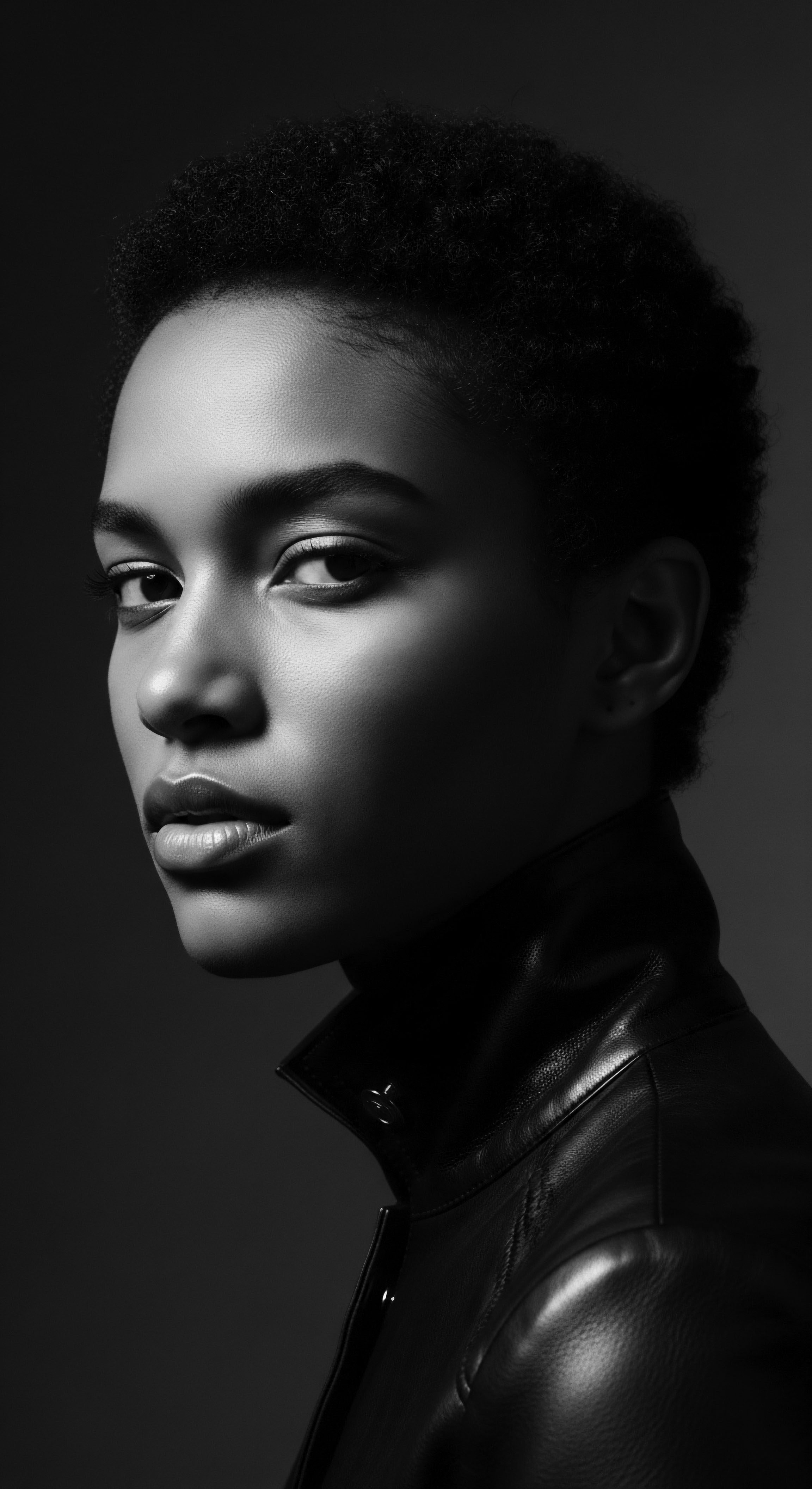
The Legacy of Adornment and Hair’s Preservation
Beyond protective styles, the tools and adornments used in traditional hair care also tell a story of preservation and celebration. Combs carved from wood or bone, often imbued with cultural significance, were designed to detangle gently, minimizing damage to fragile strands. The very act of combing and styling was often a communal ritual, passed from elder to youth, fostering a sense of connection and shared knowledge.
Adornments, such as beads, cowrie shells, and intricate metallic pieces, were not just decorative. In many cultures, they served as markers of status, age, or spiritual connection. The way these adornments were integrated into hairstyles often supported the hair’s structure, preventing tangling and breakage, further contributing to its longevity. This symbiotic relationship between aesthetic expression and practical preservation is a hallmark of textured hair heritage.
| Traditional Practice Natural Oil Application (e.g. Shea, Coconut) |
| Mechanism of Protection Forms a physical barrier, reduces friction, moisturizes. |
| Connection to Eumelanin Augments eumelanin's UV absorption, reducing oxidative stress. |
| Traditional Practice Protective Styling (e.g. Braids, Twists) |
| Mechanism of Protection Minimizes exposure to elements, reduces mechanical manipulation. |
| Connection to Eumelanin Allows eumelanin to work optimally by reducing external stressors. |
| Traditional Practice Headwrapping/Coverings |
| Mechanism of Protection Physical shield against sun, wind, and dust. |
| Connection to Eumelanin Directly reduces UV exposure, complementing eumelanin's internal shield. |
| Traditional Practice These ancestral rituals reveal an intuitive understanding of hair preservation, working with the hair's natural defenses. |

Relay
Having explored the fundamental biology and the lived rituals that honor textured hair, we now arrive at a deeper inquiry into eumelanin’s role. How does this pigment, so deeply rooted in our ancestral lineage, continue to shape not only the biological resilience of our hair but also the very narratives of identity and cultural continuity? This segment invites a profound insight, where scientific understanding, historical context, and the intricate details of care converge, revealing the less apparent complexities of eumelanin’s enduring significance. It is a moment to consider how the molecular guardian within each strand speaks to a broader story of survival, beauty, and self-acceptance across the Black and mixed-race diaspora.

Beyond Pigment Eumelanin and Oxidative Stress Resistance
The protective capabilities of eumelanin extend far beyond its ability to absorb ultraviolet radiation. Contemporary scientific investigation reveals its remarkable antioxidant properties, a crucial aspect of its safeguarding function. Oxidative stress, caused by free radicals from environmental pollutants, UV exposure, and even metabolic processes, can degrade hair proteins, leading to weakening, dryness, and dullness. Eumelanin acts as a scavenger of these harmful free radicals, neutralizing them before they can inflict damage upon the hair shaft.
This intrinsic antioxidant capacity of eumelanin is particularly significant for textured hair, which, due to its structural characteristics, can be more vulnerable to environmental insults. The ancestral communities, whose hair was rich in eumelanin, faced constant exposure to elements. While they lacked the scientific terminology, their hair’s inherent resilience, partly due to this molecular defense, allowed it to thrive in diverse and often challenging conditions. This biological advantage, a silent partner in the hair’s enduring vitality, speaks to a profound evolutionary adaptation.
Eumelanin’s antioxidant properties offer a crucial defense against oxidative stress, contributing to textured hair’s resilience against environmental damage.

How Does Eumelanin Influence Hair’s Mechanical Integrity?
The relationship between eumelanin and the mechanical properties of textured hair is an area of ongoing scientific inquiry, yet compelling evidence suggests a significant connection. Eumelanin granules are not merely scattered within the hair fiber; they are integrated into the keratin matrix of the cortex. This integration means they can influence the hair’s tensile strength, elasticity, and overall resistance to breakage.
Studies have shown that hair with higher eumelanin content tends to exhibit greater tensile strength and a reduced susceptibility to degradation from environmental factors. For instance, in a study comparing the mechanical properties of hair from different ethnic groups, researchers found that hair with higher melanin content often displayed superior resistance to breakage under stress (Robins, 1991). This suggests that eumelanin contributes to the hair’s structural fortitude, acting as an internal reinforcement.
For textured hair, with its inherent bends and twists that can be points of weakness, this added internal strength is a profound asset, contributing to its ability to withstand styling, manipulation, and daily wear. The historical observations of the remarkable durability of certain textured hair types, even under rigorous conditions, can be partly attributed to this biological endowment.
The protective qualities of eumelanin also extend to its ability to modulate the effects of chemical processes. While no hair is impervious to harsh treatments, eumelanin can offer a degree of buffering against damage from perms, relaxers, and dyes by interacting with reactive species generated during these processes. This protective influence underscores the deep, multifaceted ways in which eumelanin contributes to the hair’s ability to endure and maintain its integrity.
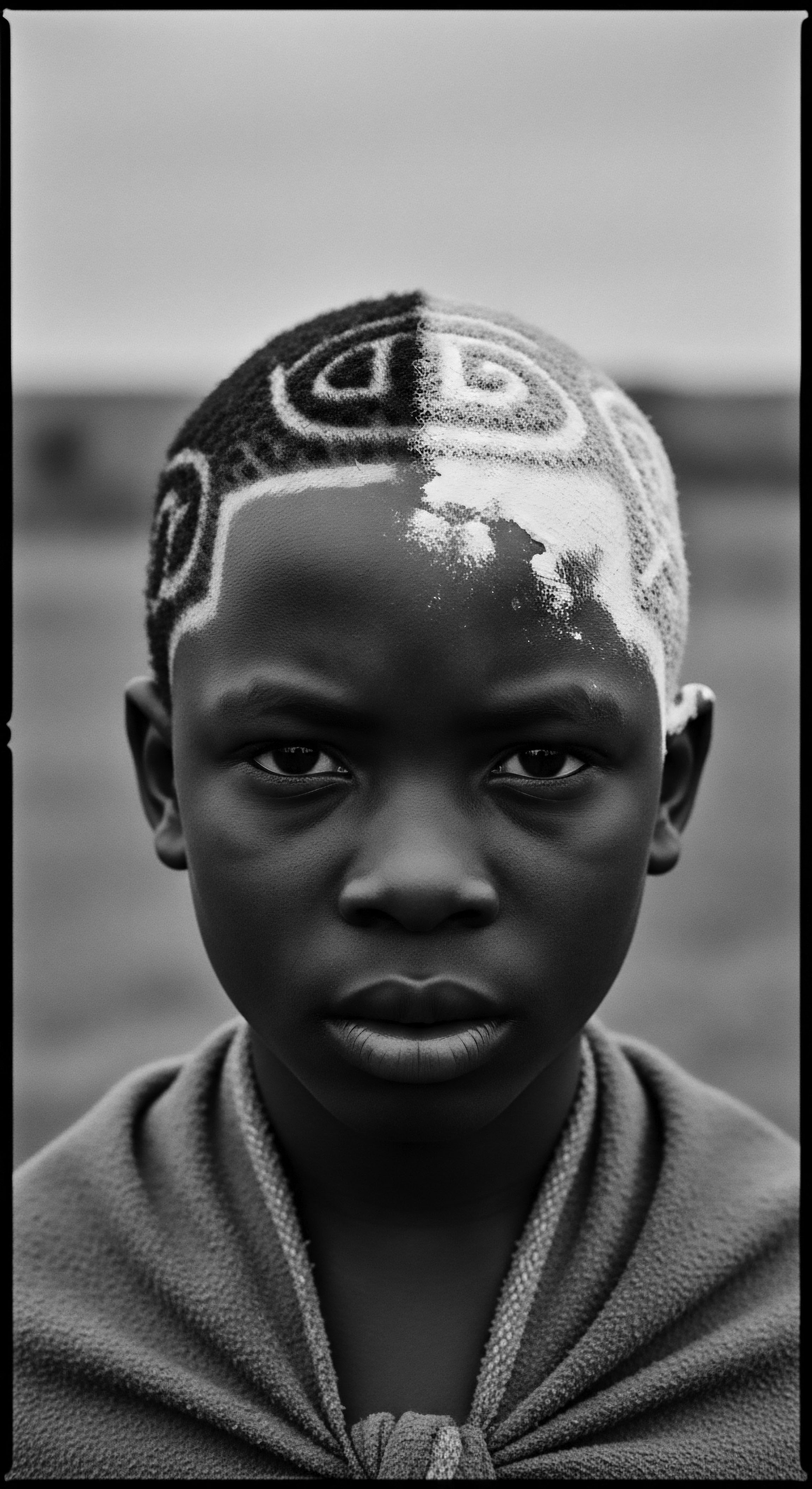
The Chromatic Narrative Eumelanin in Identity and Self-Acceptance
Beyond its biological functions, eumelanin holds immense cultural and psychological significance within the narrative of textured hair heritage. The deep, rich hues imparted by eumelanin have been celebrated in countless ancestral traditions, symbolizing strength, beauty, and connection to the earth. In many African and diasporic communities, dark, voluminous hair has historically been a crown of honor, a visible marker of identity and lineage.
The journey of self-acceptance for individuals with textured hair often involves a reclamation of this intrinsic beauty, a celebration of the hair’s natural state. Understanding that the very pigment that gives hair its dark color is also a source of its strength and resilience can be deeply empowering. It shifts the perception from a purely aesthetic one to a recognition of biological ingenuity and inherited power. This knowledge helps to dismantle imposed beauty standards that have historically devalued darker hair, allowing for a profound appreciation of the hair’s authentic form.
The story of eumelanin is thus intertwined with the broader narrative of resilience, cultural pride, and the enduring spirit of Black and mixed-race communities. It reminds us that the qualities we admire in our hair – its depth of color, its inherent strength, its ability to withstand – are not accidental but are deeply rooted in our ancestral past and biological endowment. This understanding fosters a sense of continuity, linking contemporary hair journeys to the profound wisdom of those who came before us.
- Photoprotection ❉ The process by which eumelanin absorbs and scatters harmful UV radiation, acting as a natural sunscreen for hair.
- Antioxidant Activity ❉ Eumelanin’s capacity to neutralize free radicals, mitigating oxidative stress and preserving hair health.
- Tensile Strength ❉ A measure of hair’s resistance to breaking under tension, influenced by eumelanin’s integration within the hair fiber.
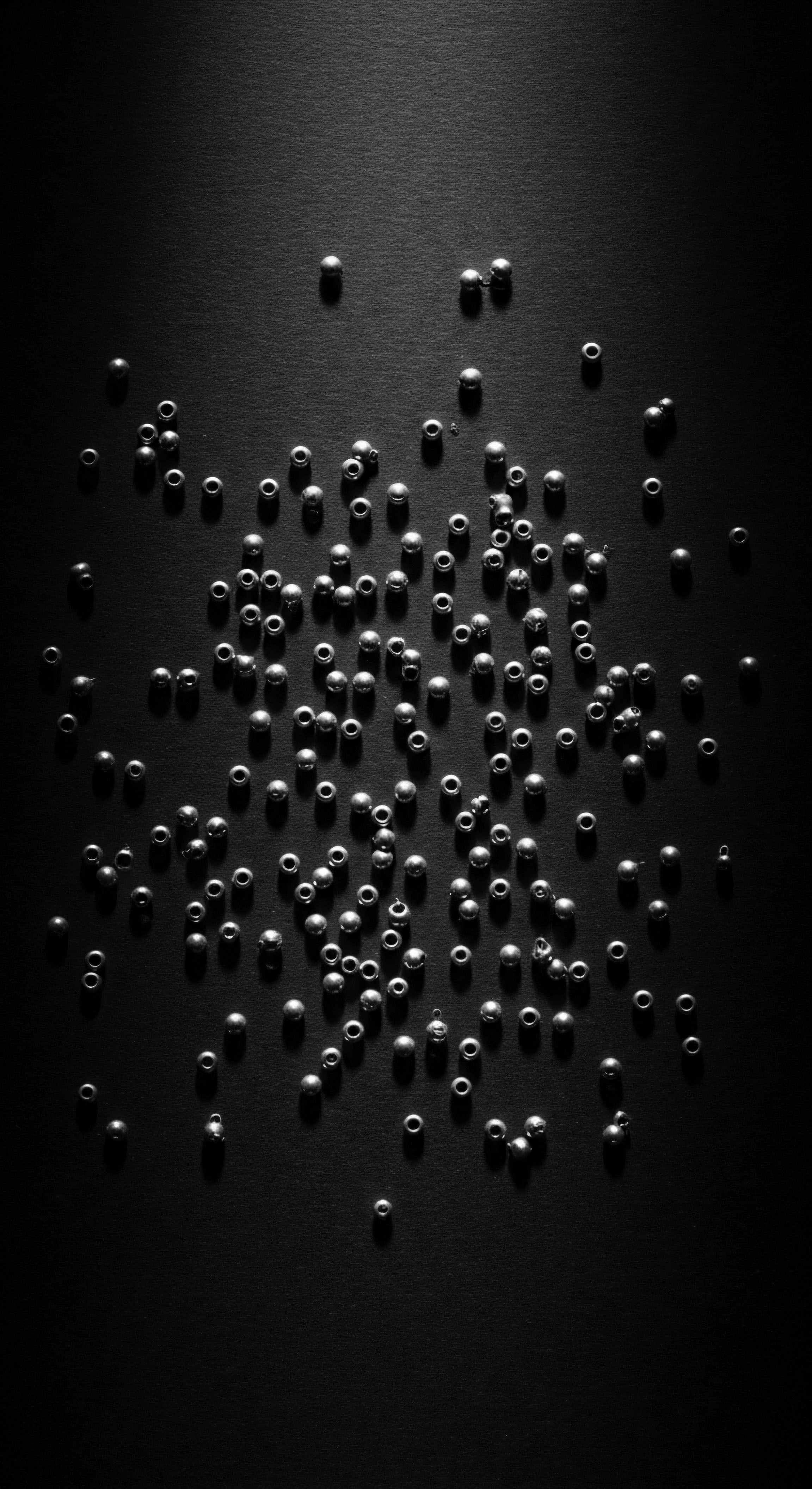
Reflection
The journey through eumelanin’s silent guardianship of textured hair reveals more than mere biology; it unearths a profound connection to a living heritage. Each coil and curl, imbued with this ancient pigment, carries the echoes of ancestral wisdom, resilience, and a beauty that defies transient trends. Understanding eumelanin’s role—from its evolutionary blueprint as a natural shield against the sun to its contemporary recognition as an antioxidant and contributor to mechanical strength—deepens our reverence for textured hair as a sacred part of self. It is a constant reminder that the ‘Soul of a Strand’ is not simply a metaphor, but a vibrant, enduring archive, continuously relaying stories of adaptation, cultural continuity, and an inherent strength that will forever inspire future generations.
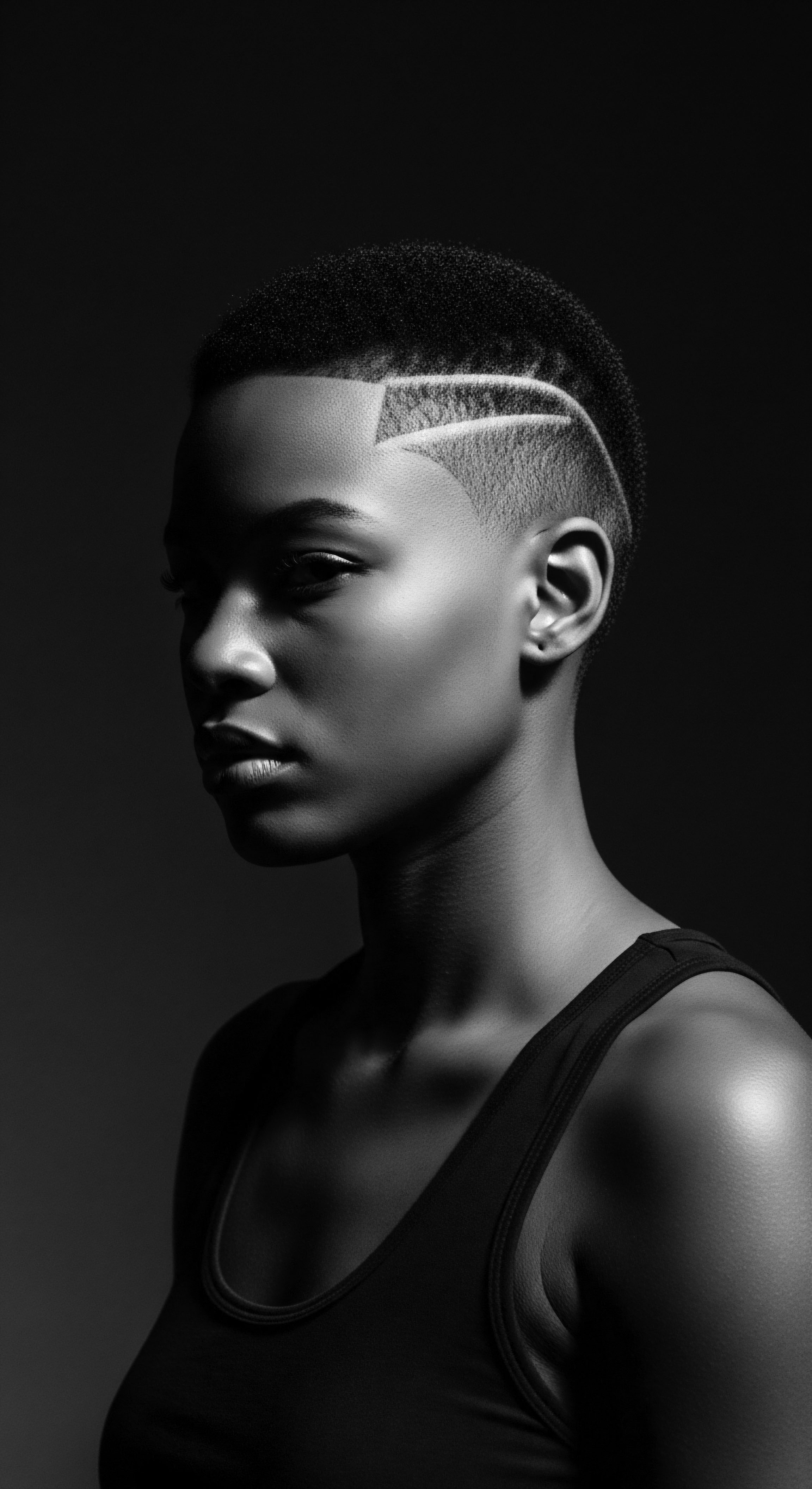
References
- Robins, J. (1991). Hair ❉ A Physician’s Guide. Springer-Verlag.
- Draelos, Z. D. (2010). Hair Cosmetics ❉ An Overview. CRC Press.
- Tosti, A. & Dawber, R. (2007). Diseases of the Hair and Scalp. Blackwell Publishing.
- Khanna, N. & Khanna, M. (2012). Cosmetic Dermatology. Jaypee Brothers Medical Publishers.
- Takahashi, T. & Kaneda, H. (2006). Hair Science and Technology. CRC Press.
- Tobin, D. J. (2006). Hair in Toxicology ❉ An Important Biomarker. Royal Society of Chemistry.
- Barel, A. O. Paye, M. & Maibach, H. I. (2009). Handbook of Cosmetic Science and Technology. CRC Press.
